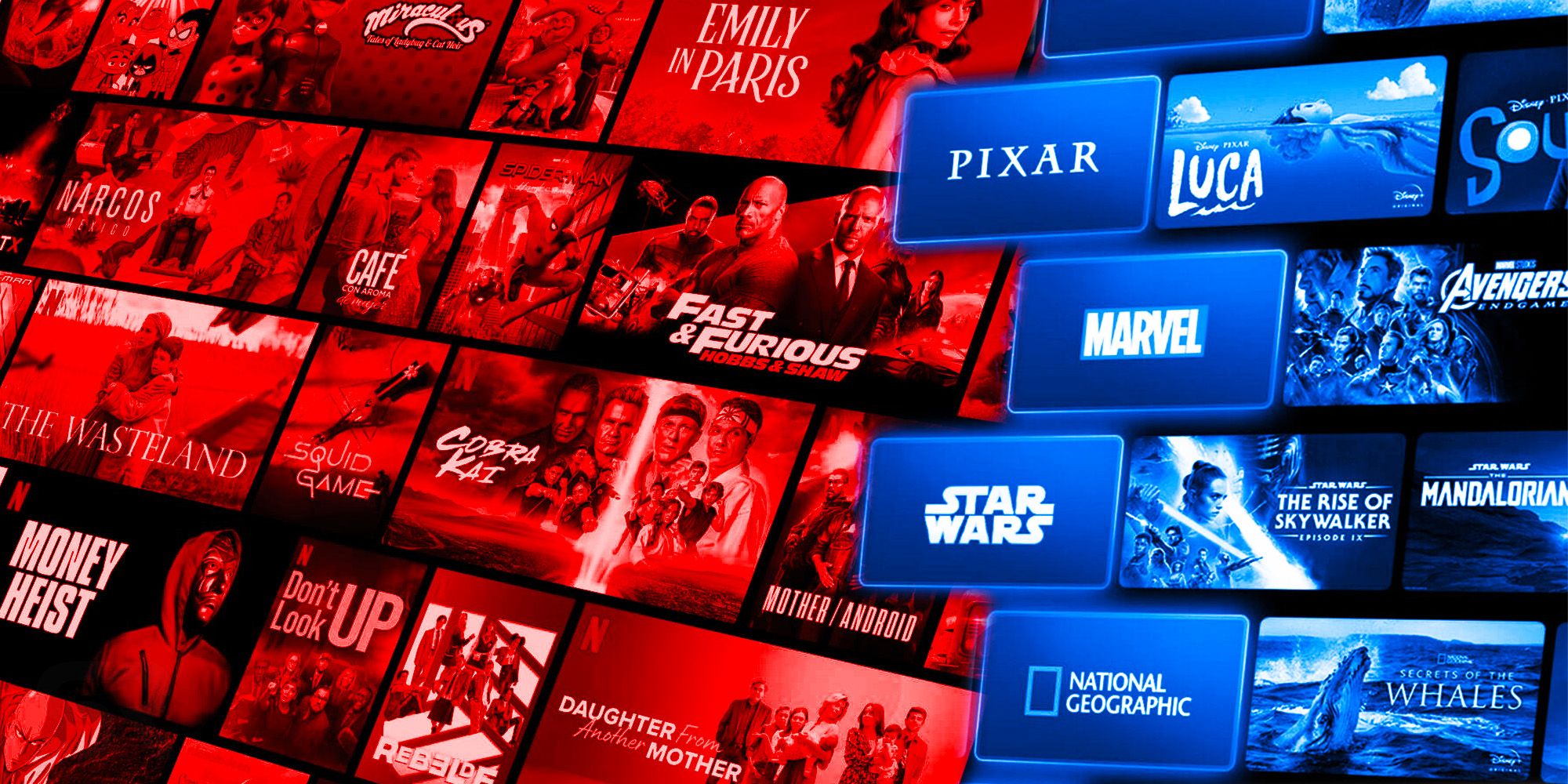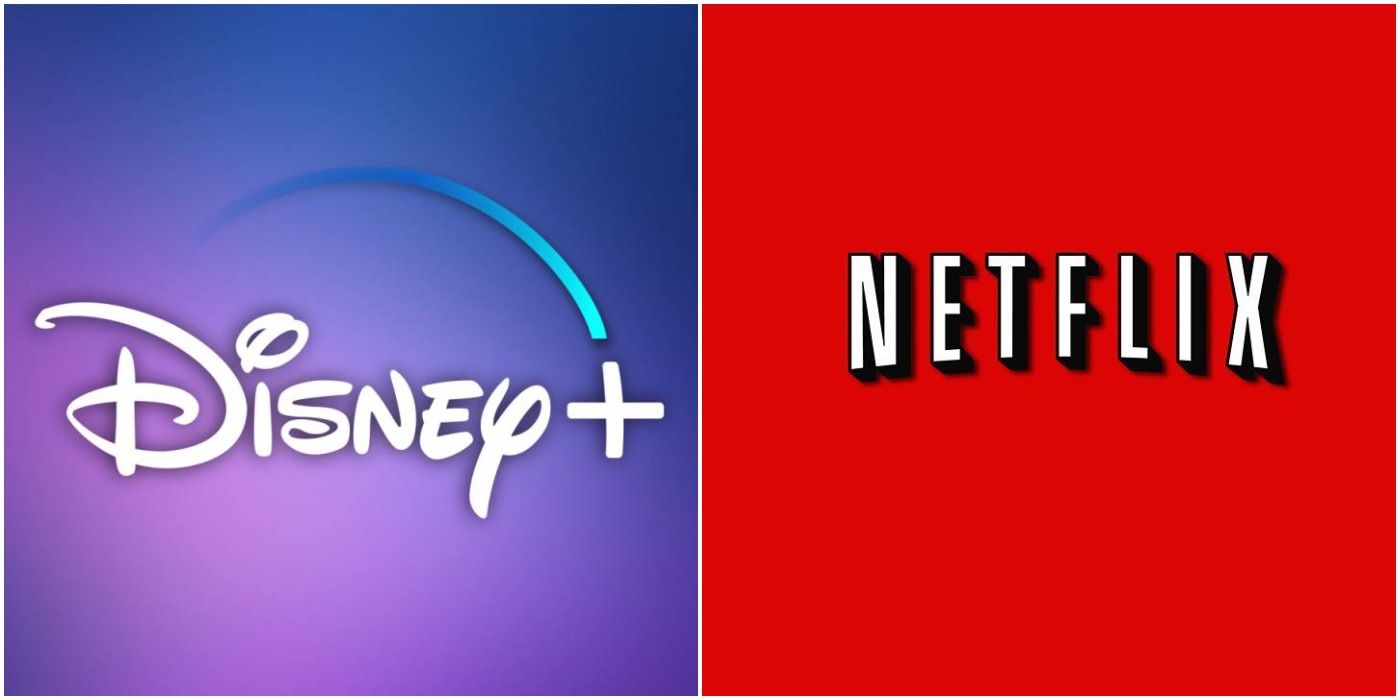Recent reports indicate Disney's combined streaming platform subscriber count has surpassed Netflix, but the numbers don't tell the whole story. The reported subscriber numbers don't just account for Disney+, but also Hulu and ESPN Plus, which are all owned by Disney, meaning there's some important nuances to what those numbers actually represent.
As the first major streaming platform, Netflix has led the market in total subscribers for years, but now with competing platforms like HBO Max and Disney+ launched by legacy media giants, there's a lot more competition in the streaming space. Netflix's recent subscriber dip indicates the market may be reaching saturation, meaning Netflix may struggle to maintain as significant of a lead (or any lead at all) as the platform with the most subscribers in the long term, and Disney's recent growth is proof of that.
Disney's streaming platforms have reportedly reached a combined total of 221 million subscribers, surpassing Netflix's 220.7 million subscribers, but there's a few key details essential to understanding those numbers. The most important difference to note is Disney's subscribers don't all belong to Disney+, they're a combined total including Disney's other platforms, Hulu and ESPN+, while Netflix's subscribers all belong to the single Netflix platform. Therefore, Netflix is still the biggest streaming platform, but Disney may be the biggest streaming company.
How Disney's Streaming Subscriber Numbers Actually Compare to Netflix
The combined number means we can also assume some of Disney's subscribers could be double or triple counted, and while that's a fine way to measure total combined monthly subscriptions, it doesn't measure the actual size of the customer base or the number of individual households with a subscription. As a result, it's fair to assume Netflix still has the largest subscriber footprint, while Disney has higher revenue per subscriber since some of its customers are subscribed to more than one Disney streaming platform.
The Disney numbers also don't specify whether or not they're paying customers. Since Disney+ and other Disney platforms have been available for free for certain subscribers, or for a lower monthly subscription cost, the total count of paying subscribers is likely still lower than Netflix. Ultimately, the claim is factually accurate in that Disney's combined platforms have more total subscribers than Netflix, but if the numbers were adjusted for double or triple counted subscribers and non-paying subscribers, Netflix doesn't come out ahead as the top single platform when it comes to subscriber count, but likely also the top streaming provider overall. Disney's streaming growth is certainly impressive, but it doesn't quite stack up to Netflix just yet.


